Last updated: July 12, 2023
Recently, an elderly man gave me a horse. He said he couldn’t take care of it anymore and was looking for someone to provide the animal with some attention. My mind immediately jumped to my grandson, and I put together a step-by-step guide to outline our training plan.
The basic horse training steps include:
- Establishing your dominant role
- Mastering Groundwork
- Saddle training
- Mounting for the First Time
If you have never trained a horse before, it can be tricky. But with the help of this guide, you learn the best way to handle your horse, from establishing your authority to mounting them for the first time.
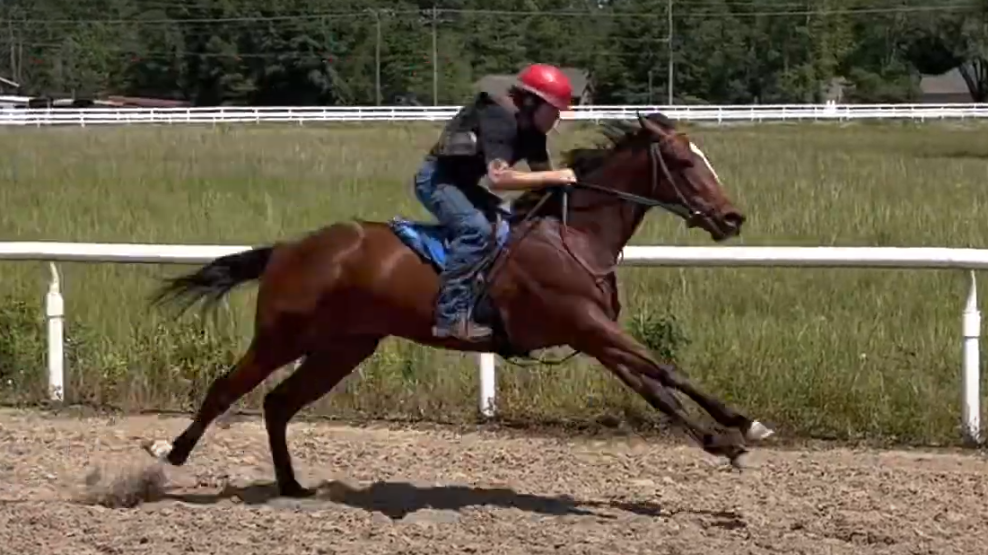
This article is an overview of horse training. Following each section is a chapter that dives deeper into the topics.
Step 1. Establish your dominant role
You have the dominant role over your horse. You can train it to be calm and well-behaved, or you can let it run wild with no direction. However, for a person to be an effective trainer, they need to establish themselves as the dominant herd member by being assertive and taking control.
The first thing you need to do is establish the hierarchy between yourself and your horse to avoid many problems later on. The trainer’s position must be clear and superior to the horse. One way to begin is by making your horse respect your personal space. Your personal space should be an imaginary circle that’s the reach of both arms around you 360 degrees. You shouldn’t allow your horse into this area unless you invite him.
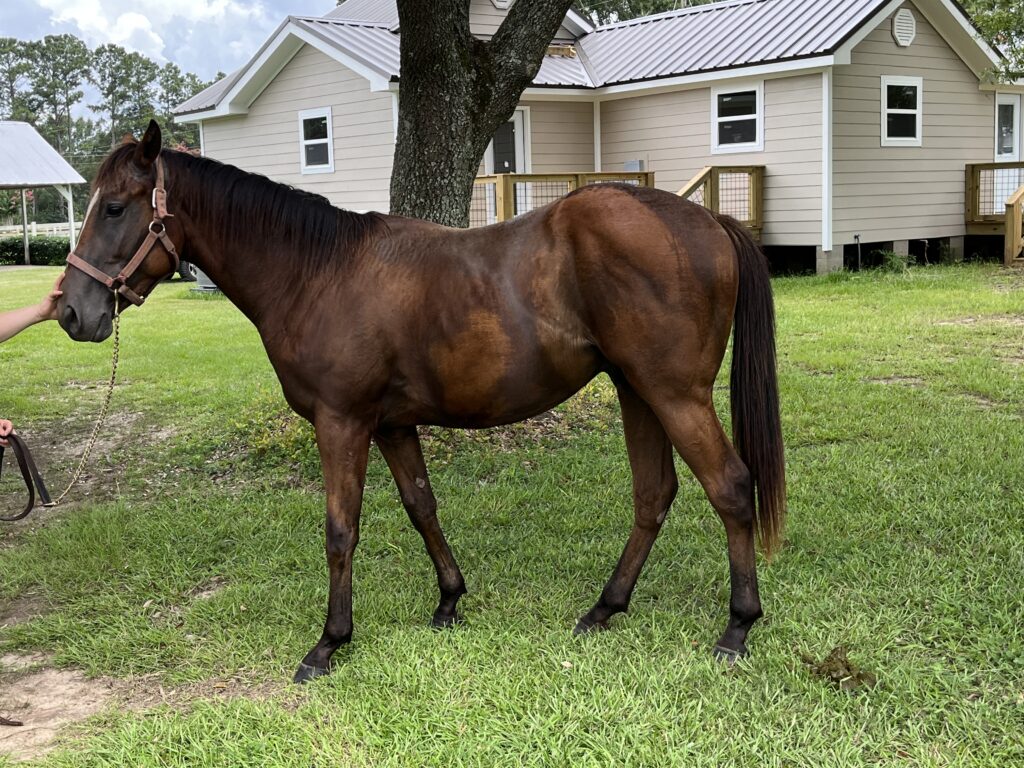
Horse Training: Establishing Your Role as Herd Leader
Further, horses read body language very well, so standing straight and tall when training is essential. If you’re playing with your horse, relax your body, the key is to match your body to the situation. In a short time, your horse will know when you mean business.
There are many ways to display dominance, such as nonverbal communication by touching them in certain places that make them move away from you or using pressure and release with a rope and halter.
Horses are naturally a social species and gravitate towards the person they feel comfortable with and respect as their leader. The relationship you develop makes transitioning to groundwork and other training easier.
Step 2. Groundwork
Horses are amazing animals that are large and powerful! However, without the proper skills, they might hurt themselves or others. That is why groundwork training should always come first; it helps them become more confident, safe, and obedient animals before moving on to higher levels of instruction or riding.
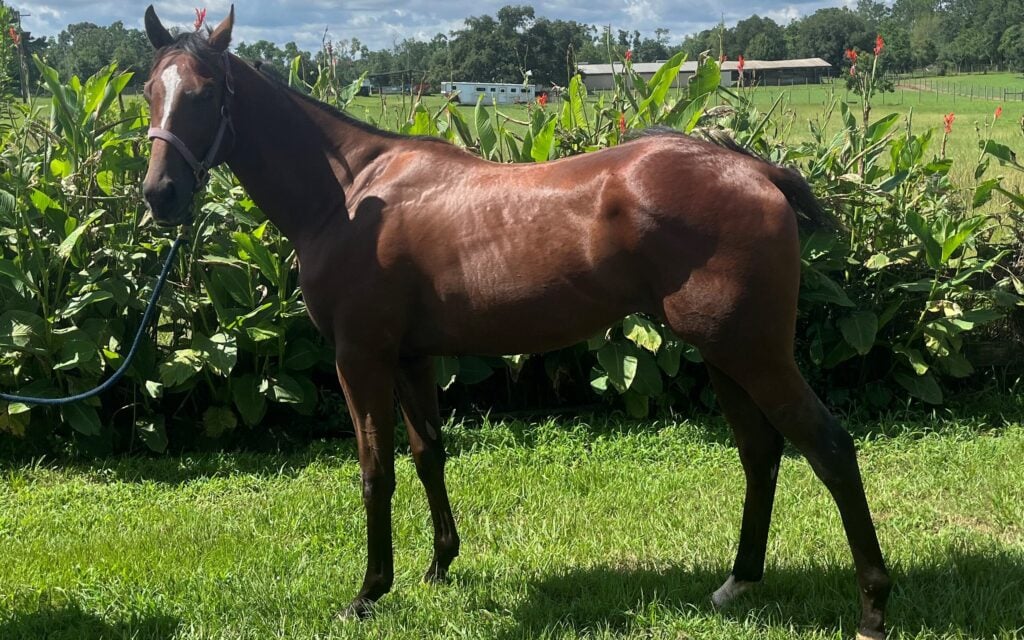
Horse Training-Groundwork You Should Do With Your Horse
Working with your horse on the ground will provide comprehensive benefits like improved balance, increased strength, better coordination, relaxation skills (for both animals and humans), and patience for learning tasks. Plus, it’s a great way to bond with your animal too!
Groundwork training includes teaching a horse basic skills such as:
- Standing still/ground tying
- Yield to pressure
- Working on a lunge line
Step 3. Saddle Training
I’ve seen it in movies; cowboys break horses by riding the buck out of them, but to be honest, that’s not how horses are trained for riding. In real life, horses are broke through a series of steps which include gentleness and patience.
Horses should know how to lead correctly, respond to pressure, and work on a lunge before moving to saddle training. The first step in training a horse to ride is getting the animal used to the idea of something on its back.
I suggest saddling an experienced horse near your unbroken one and putting a saddle pad over the newbie’s back. You want to make sure the horse feels secure and comfortable with it on its back, which means you must get them used to wearing one gradually. If they act up, take the blanket off and try again tomorrow.
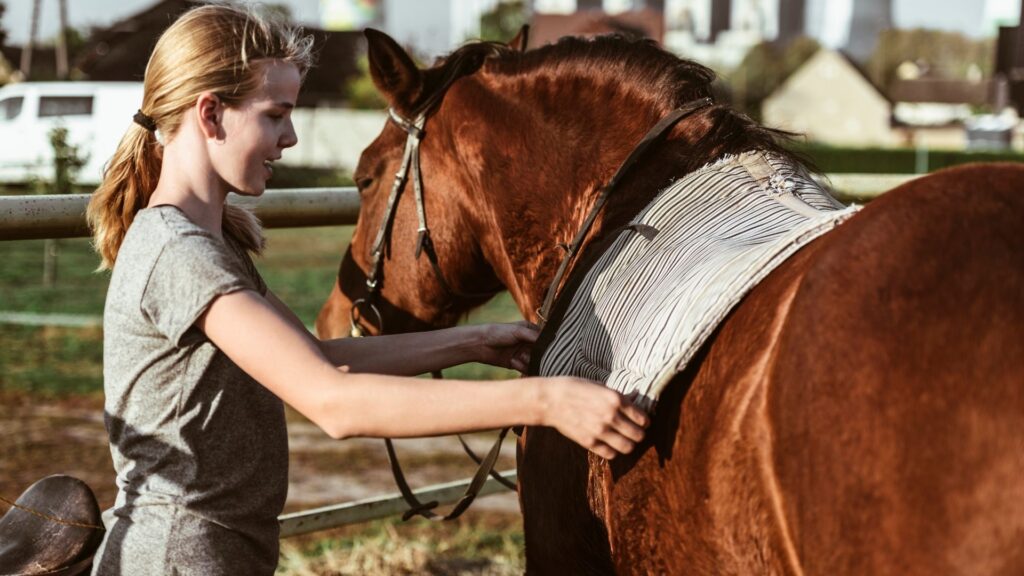
Saddle Training a Young Horse: Step by Step
I like to ensure that the animal is comfortable enough with their blanket to groom them and do some groundwork while wearing it before moving to the next step. Depending on your horse’s temperament and early training, this may take a few weeks or a few days.
Next, I add weight. To do this, I stand on a stool and lay over their back while someone is holding its lead rope. I do this in a stall the first time, and when the horse is comfortable, my helper leads the horse out with me over its back.
The next step is to get them used to the cinch. We use a strap and run it around the horse’s back and belly; at first, it’s lightly connected, but over time we tighten it just like we would a saddle cinch.
The final step is to saddle your horse. I suggest saddling other horses first, so your new horse sees this as a normal activity. But if it’s high-strung and you’re worried about safety, do the opposite-saddle them in their stall for the first time!
Step 4. Mounting for the First Time
Mounting your horse for the first time can be nerve-wracking, especially if you lack experience. But remember that you’ve spent hours on end training and bonding with this animal, preparing them specifically for riding.
The first mounting exercise begins with the rider taking both reins as if they are asking for flexion. Then put the toe of your boot in the stirrup, grab the saddle, and stand but don’t swing your leg over the horse’s back.
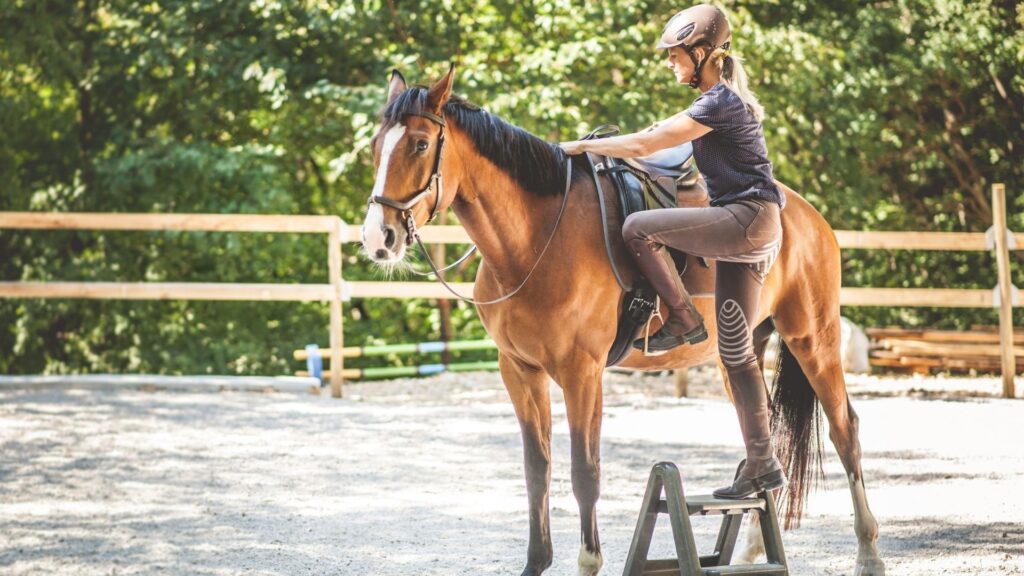
Horse Training: Riding a Young Horse For The First Time
Because of its training, your horse shouldn’t walk unless you ask it to move. Step down and repeat the process, except this time, observe your horse’s reaction. Once it relaxes, swing your right leg over and sit in the saddle. Wait for the horse to relax again, then dismount.
Remember to stay alert and be careful; some horses may buck, so be ready. Next time you get in the saddle, ask it to move around some and dismount again. Take things slow and work on this again the next day.
If your horse doesn’t want to move, bring in other horses and let them follow. If you’re a beginner or have limited experience with horses, I suggest you work with an equestrian knowledgeable in training horses before trying it on your own.
However, once you feel comfortable, I suggest you check out the TIP horse training program. It’s a worthwhile cause that helps place wild Mustangs, plus you can earn a little bit of money and hone your training skills.
Below is a YouTube video that shows how to mount a young horse for the first time.
FAQ
Can a beginner train a horse?
Beginners shouldn’t train a horse because they can get hurt or ruin a horse; if you want to learn to train, a horse work under the guidance of an experienced horseman. After all, horse training requires knowledge and skill.
What does horse training cost?
Typically, to train to ride and put a handle on it, expect to pay 400-600.00 per month. However, horse training prices vary greatly based on the region you live in and what you wish to do with your horse.

About the Author: Miles Henry
Lifelong Horseman | Racehorse Owner | Published Author
Miles Henry brings over 25 years of hands-on experience training and owning Thoroughbred racehorses. Raised with Quarter Horses and Appaloosas, he’s spent a lifetime learning from horses—on the track, in the barn, and in the field. Today, he runs a small but successful racing stable in Louisiana and shares real-world insights on HorseRacingSense.com, helping horse owners, fans, and bettors navigate the sport with confidence.
📚 Books: View Miles’s books on Amazon »
🎧 Podcast Guest: Animal Tales Ep. 32 |
YouTube Interview
📩 Newsletter: Sign up for racing tips and horse care advice »
🔗 Follow Miles:
Twitter |
Facebook |
YouTube


